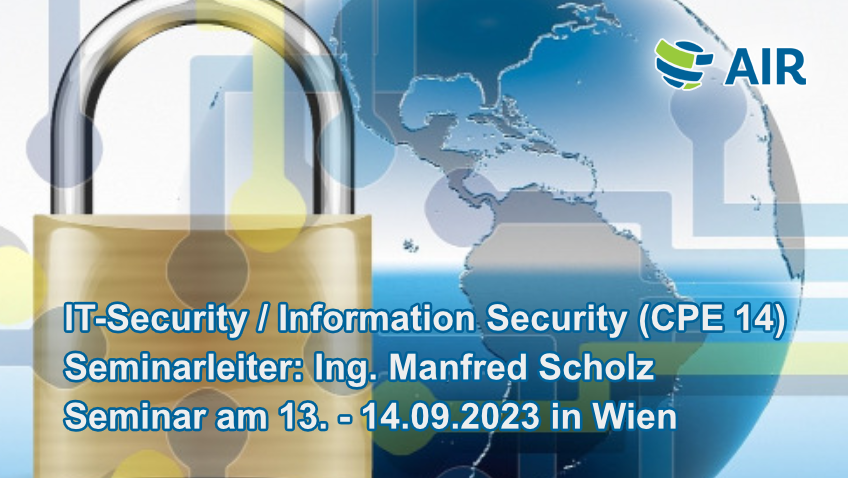The digital infrastructure — the IT network — is the basis for daily work in companies and entertainment at home. As long as everything works, nothing is usually questioned.
But when problems occur, it is long too late. Despite several decades of development in system administration and information security, security tests still find weak points that are often overlooked.
Where do you start when an antenna or cable threatens your network?
Most offices have multiple doors and walls. Grown or traditionally planned networks each have only one door and one wall. Often, nearly all devices are connected for no reason. In recent months, webcams, refrigerators, coffee makers and other modern-day conveniences have been making the headlines because they could be used as stepping stones for serious attacks. That’s not all: networks don’t always behave the same way!
Clients on networks are constantly changing their capabilities. As a result, you suddenly find the new IPv6 protocol (already standardized and ready for deployment in 1998), even though the network was never designed for it. The search in an IPv6 network is particularly complex, where even the identification of IP devices in a small IPv6 segment can take several days and weeks.
Especially the operating system of infrastructure devices is usually only updated if the devices do not work correctly or new functions are required. At the latest since the use of Chinese cheap webcams — now an IoT — for targeted DDoS attacks against an Austrian corporation, among others, companies need a better view of their own networked systems.
These are just a few examples of important configurations that are never questioned when everything is working.
Professional search for threats and entry gates
SEC4YOU’s experts have always found protocols, devices or applications during security tests that should not exist or should not be available to guests. Few administrators open the cable channels and check the occupied ports. Even fewer network managers examine the packets transported in the local network for content, origin and vulnerabilities. It is precisely these unchecked points of attack that hackers or software such as ransomware exploit to gain control of devices and the network.
If you don’t have the time to perform a penetration test, we can help.
Link quote, request and price: Professional SEC4YOU Penetration Tests
Author: René Pfeiffer for SEC4YOU







